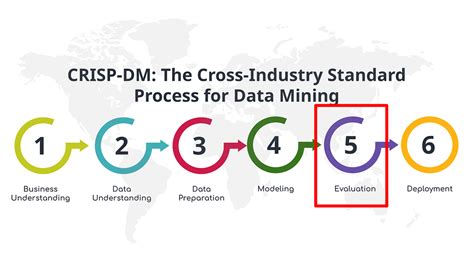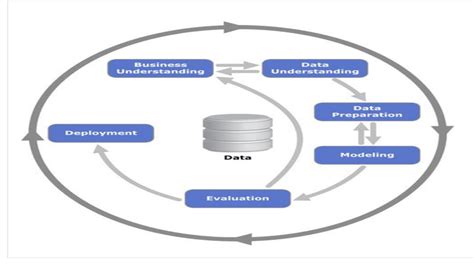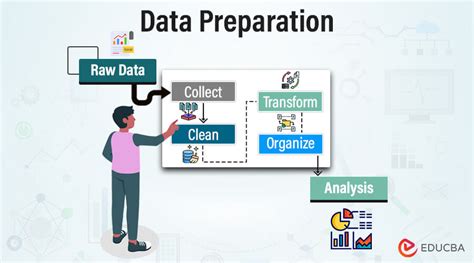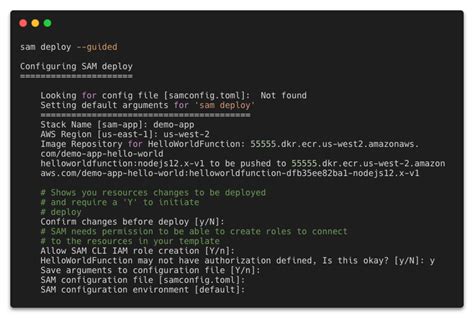Intro
Unlock the secrets of data mining with CRISP-DM, the Cross-Industry Standard Process for Data Mining. Discover how this framework helps businesses extract insights from data, driving informed decisions. Learn about CRISP-DMs six phases: business understanding, data understanding, data preparation, modeling, evaluation, and deployment, and boost your data mining skills.
Data mining has become an essential tool for businesses across various industries, enabling them to uncover hidden patterns, trends, and correlations within their data. However, the process of data mining can be complex and time-consuming, requiring a systematic approach to ensure accuracy and reliability. This is where the Cross-Industry Standard Process for Data Mining (CRISP-DM) comes in – a widely accepted framework that provides a structured methodology for data mining projects.

The CRISP-DM framework was developed in the late 1990s by a consortium of companies, including DaimlerChrysler, SPSS, and NCR, with the goal of creating a standard process for data mining. The framework consists of six phases: Business Understanding, Data Understanding, Data Preparation, Modeling, Evaluation, and Deployment.
Business Understanding
The first phase of the CRISP-DM framework is Business Understanding, which involves defining the project's objectives and requirements from a business perspective. This phase is critical in ensuring that the data mining project aligns with the organization's overall goals and objectives.
During this phase, the project team should:
- Identify the business problem or opportunity
- Define the project's objectives and scope
- Develop a preliminary plan and timeline
- Establish a project team and define roles and responsibilities
Key Activities in Business Understanding
- Conducting stakeholder interviews to gather requirements and expectations
- Reviewing existing reports and data sources to understand the current state of the business
- Developing a project charter and defining the project's scope and objectives

Data Understanding
The second phase of the CRISP-DM framework is Data Understanding, which involves collecting, describing, and exploring the data to gain a deeper understanding of its quality and characteristics.
During this phase, the project team should:
- Collect and assemble the data from various sources
- Describe the data and its characteristics
- Explore the data to identify patterns, trends, and correlations
Key Activities in Data Understanding
- Data profiling to understand the distribution of values and data quality
- Data visualization to identify patterns and trends
- Data quality assessment to identify missing or erroneous data

Data Preparation
The third phase of the CRISP-DM framework is Data Preparation, which involves cleaning, transforming, and formatting the data for modeling.
During this phase, the project team should:
- Clean the data by handling missing values and errors
- Transform the data into a suitable format for modeling
- Format the data into a consistent structure
Key Activities in Data Preparation
- Data cleaning to handle missing values and errors
- Data transformation to convert data types and aggregate data
- Data formatting to create a consistent structure

Modeling
The fourth phase of the CRISP-DM framework is Modeling, which involves selecting and applying data mining algorithms to the prepared data.
During this phase, the project team should:
- Select a suitable data mining algorithm based on the project's objectives and data characteristics
- Apply the algorithm to the prepared data
- Evaluate the model's performance and accuracy
Key Activities in Modeling
- Algorithm selection based on the project's objectives and data characteristics
- Model training and testing to evaluate performance and accuracy
- Model refinement to improve performance and accuracy

Evaluation
The fifth phase of the CRISP-DM framework is Evaluation, which involves evaluating the model's performance and accuracy to determine its viability for deployment.
During this phase, the project team should:
- Evaluate the model's performance and accuracy using metrics such as precision, recall, and F1 score
- Compare the model's performance to a baseline or benchmark
- Refine the model to improve performance and accuracy
Key Activities in Evaluation
- Model evaluation using metrics such as precision, recall, and F1 score
- Model comparison to a baseline or benchmark
- Model refinement to improve performance and accuracy

Deployment
The final phase of the CRISP-DM framework is Deployment, which involves deploying the model into production and monitoring its performance.
During this phase, the project team should:
- Deploy the model into production
- Monitor the model's performance and accuracy
- Refine the model to improve performance and accuracy
Key Activities in Deployment
- Model deployment into production
- Model monitoring to track performance and accuracy
- Model refinement to improve performance and accuracy

The CRISP-DM framework provides a structured approach to data mining, ensuring that projects are completed efficiently and effectively. By following the six phases of the framework, organizations can unlock the full potential of their data and gain a competitive edge in their industry.
What is the CRISP-DM framework?
+The CRISP-DM framework is a widely accepted framework for data mining projects, consisting of six phases: Business Understanding, Data Understanding, Data Preparation, Modeling, Evaluation, and Deployment.
What is the purpose of the Business Understanding phase?
+The purpose of the Business Understanding phase is to define the project's objectives and requirements from a business perspective, ensuring that the data mining project aligns with the organization's overall goals and objectives.
What is the difference between Data Understanding and Data Preparation?
+Data Understanding involves collecting, describing, and exploring the data to gain a deeper understanding of its quality and characteristics, while Data Preparation involves cleaning, transforming, and formatting the data for modeling.
We hope this article has provided a comprehensive overview of the CRISP-DM framework and its application in data mining projects. If you have any further questions or would like to share your experiences with the CRISP-DM framework, please leave a comment below.
